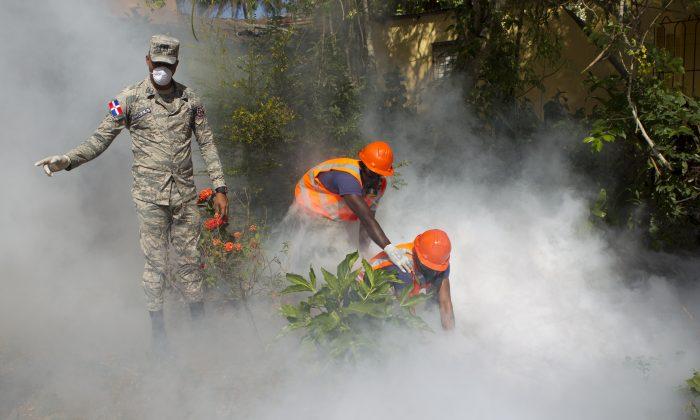Just last week, the first case of the Zika virus was discovered in the United States when a woman in Los Angeles county who had traveled to El Salvador and back was found to have been infected.
Now, the number of cases have shot up to 36, including four pregnant women, ABC News reports. The Zika virus is associated with causing microcephaly, a birth defect where the infant is born with an abnormally small brain, and in most cases will suffer from some degree of mental retardation.
The virus is spread by the Aedes mosquitos, but don’t panic yet. Every person who has the Zika virus in the U.S. so far had contracted it outside the country.
This is not to say that local transmission of the Zika virus is impossible, but just that the material conditions in the U.S. make it much harder to spread than in much of Latin America, the epicenter of the outbreak.
Most people in the U.S. have access to “air-conditioning or screens,” whereas many of the areas where the virus is spreading have a more “outdoor open air lifestyle” with a denser population, both human and mosquito, Dr. Anne Schuchat of the CDC said at a press conference.
“I don’t want to give misconception here, we’re expecting there to be some local transmission, but based on the experience with the other mosquito borne viruses and those areas in the southern united states, we are not expecting really big difficult to control ones,” Schuchat said.
The Zika virus has now spread to 23 countries according to the World Health Organization, most of them based in Latin America. In some countries, the virus is so widespread that national governments have recommended women not to get pregnant for a few months, or in the case of El Salvador, for two years.
The Zika virus was first discovered in Africa in 1947, and while the outbreak in Latin America only started last year, it has already made a huge impact on the area. Brazil saw the number of infants born with microcephaly increase by a factor of 20 in 2015.







Friends Read Free